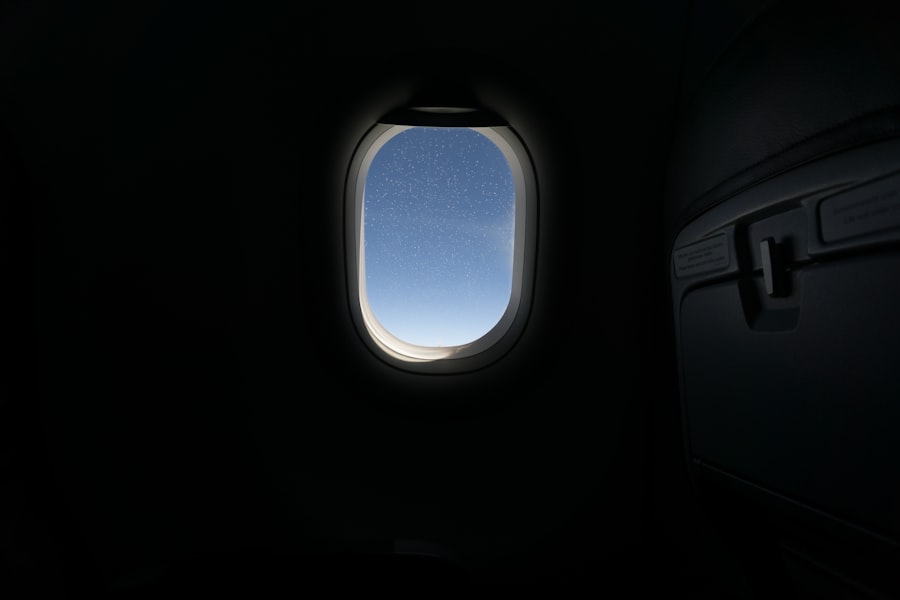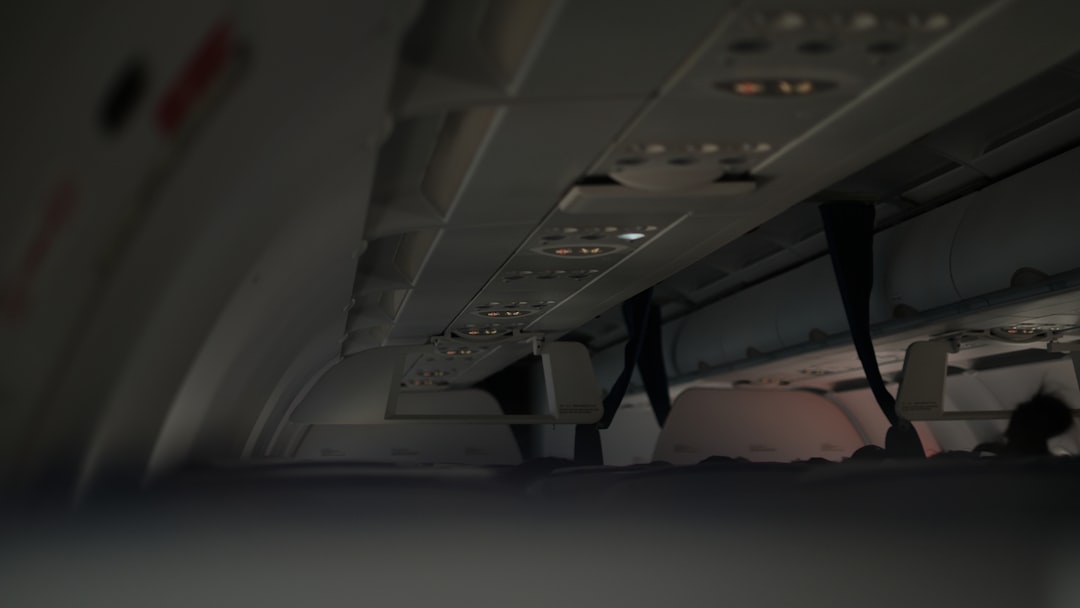The Drake Passage, a body of water that separates South America from Antarctica, has long been regarded as one of the most formidable maritime routes in the world. Stretching approximately 600 kilometers, this passage is notorious for its unpredictable weather and turbulent seas, making it a legendary crossing for sailors and adventurers alike. The waters here are often characterized by their choppy waves and fierce winds, which can turn a routine journey into a harrowing experience.
For centuries, the Drake Passage has captured the imagination of explorers, scientists, and travelers, serving as a gateway to the pristine wilderness of Antarctica. Navigating the Drake Passage is not merely a test of skill for seafarers; it is also a rite of passage for those who seek to explore the untouched landscapes of the southernmost continent. The passage is named after Sir Francis Drake, the English sea captain who was the first to navigate these waters in the late 16th century.
His journey marked a significant moment in maritime history, paving the way for future explorations. Today, the Drake Passage remains a symbol of adventure and discovery, drawing countless tourists eager to experience its raw beauty and challenges firsthand.
Key Takeaways
- The Drake Passage is a legendary crossing known for its challenging and unpredictable conditions.
- The Southern Ocean is a beautiful and pristine region with diverse wildlife and stunning landscapes.
- Flying over the Drake Passage offers a thrilling and unique perspective of this remote and rugged area.
- Wildlife spotting from above provides a rare opportunity to see marine life such as whales and penguins in their natural habitat.
- The Drake Passage plays a crucial role in global climate and ocean circulation, making it an important area for scientific research.
The Beauty of the Southern Ocean
The Southern Ocean, which encircles Antarctica and includes the waters of the Drake Passage, is a realm of breathtaking beauty and stark contrasts. Its icy blue waters are often dotted with floating icebergs, while the rugged coastline of Antarctica looms in the distance. The ocean’s surface can shift dramatically from calm to chaotic within moments, reflecting the dynamic nature of this remote environment.
The interplay of light and shadow on the water creates a mesmerizing spectacle that captivates all who venture into its depths. Beyond its visual allure, the Southern Ocean is also home to a rich tapestry of marine life. From majestic whales breaching the surface to playful seals basking on ice floes, the region teems with biodiversity.
The nutrient-rich waters support an array of species, including krill, which forms the foundation of the Antarctic food web. This vibrant ecosystem is not only vital for wildlife but also plays a crucial role in regulating global climate patterns. The Southern Ocean’s beauty is not just skin deep; it is intricately linked to the health of our planet.
The Thrill of Flying Over the Drake Passage

Flying over the Drake Passage offers a unique perspective on this legendary crossing, transforming what was once a daunting maritime journey into an exhilarating aerial experience. As planes soar above the turbulent waters below, passengers are treated to panoramic views that showcase the dramatic landscape of the Southern Ocean. The sight of rolling waves and distant icebergs from above provides a sense of scale that is often lost at sea.
This bird’s-eye view allows travelers to appreciate the vastness and beauty of this remote region in a way that few other experiences can match. The thrill of flying over the Drake Passage is not just about the stunning visuals; it also evokes a sense of adventure and exploration. For many travelers, this flight represents a significant milestone in their journey to Antarctica.
The anticipation builds as they approach this iconic stretch of water, knowing that they are traversing a route steeped in history and legend. The experience is further heightened by the knowledge that they are witnessing one of nature’s most powerful environments from a vantage point that few have had the privilege to enjoy.
Wildlife Spotting from Above
| Location | Number of Species Spotted | Time of Day |
|---|---|---|
| Savannah | 15 | Morning |
| Rainforest | 10 | Afternoon |
| Ocean | 8 | Evening |
One of the most exciting aspects of flying over the Drake Passage is the opportunity for wildlife spotting from above. While many travelers associate wildlife encounters with boat trips or land excursions, aerial views can reveal an entirely different perspective on the region’s inhabitants. From high above, passengers may catch glimpses of whales breaching or seals lounging on ice floes, their movements creating ripples in the water below.
The thrill of spotting these magnificent creatures adds an element of excitement to the flight experience. In addition to larger marine mammals, flying over the Drake Passage also provides opportunities to observe seabirds in their natural habitat. Species such as albatrosses and petrels can often be seen gliding gracefully above the waves, their wings outstretched as they ride the ocean winds.
These birds are not only beautiful but also play an essential role in maintaining the ecological balance of the Southern Ocean. For wildlife enthusiasts and nature lovers alike, witnessing these creatures from an aerial perspective enhances their appreciation for the rich biodiversity that thrives in this remote region.
The Importance of the Drake Passage for Global Climate
The Drake Passage is not just a geographical feature; it plays a critical role in regulating global climate patterns. The waters here are part of a complex system that influences ocean currents and weather systems around the world.
This current helps to moderate temperatures and distribute nutrients across vast distances, making it essential for maintaining global climate stability. Moreover, the Southern Ocean’s unique characteristics contribute to carbon sequestration, a process vital for combating climate change. The cold waters absorb significant amounts of carbon dioxide from the atmosphere, helping to mitigate greenhouse gas concentrations.
As climate change continues to pose challenges worldwide, understanding and protecting this delicate ecosystem becomes increasingly important. The Drake Passage serves as a reminder of how interconnected our planet is and how changes in one region can have far-reaching effects on global climate systems.
The History of Exploration in the Drake Passage

The history of exploration in the Drake Passage is rich and varied, marked by tales of bravery and discovery.
Sir Francis Drake’s voyage in 1578 was one of the first recorded crossings, setting a precedent for future expeditions.
His journey not only expanded geographical knowledge but also ignited interest in Antarctic exploration that would continue for centuries. Throughout history, numerous explorers have ventured into the Drake Passage, each contributing to our understanding of this remote region. Figures such as James Cook and Ernest Shackleton have become synonymous with Antarctic exploration, their stories inspiring generations to pursue adventure and scientific inquiry.
These early expeditions laid the groundwork for modern research efforts aimed at studying climate change and its impacts on polar regions. Today, as scientists continue to explore and study this area, they build upon the legacy left by those who came before them.
The Unique Challenges of Flying Over the Drake Passage
While flying over the Drake Passage offers breathtaking views and thrilling experiences, it also presents unique challenges for pilots and passengers alike. The unpredictable weather patterns characteristic of this region can lead to sudden changes in flight conditions. Strong winds and turbulence are common, requiring skilled pilots to navigate safely through these atmospheric fluctuations.
Passengers may experience moments of discomfort during turbulent stretches, but experienced crews are trained to handle such situations with professionalism and care. Additionally, flying over such remote areas necessitates careful planning and preparation. Limited infrastructure means that flights must be meticulously coordinated to ensure safety and efficiency.
Pilots must be well-versed in navigation techniques specific to polar regions, as traditional landmarks may be scarce or nonexistent. Despite these challenges, advancements in aviation technology have made it possible for flights over the Drake Passage to be both safe and enjoyable for travelers seeking adventure.
Tips for a Comfortable and Enjoyable Flight Experience
For those preparing for a flight over the Drake Passage, there are several tips that can enhance comfort and enjoyment during this unique journey. First and foremost, dressing in layers is essential due to fluctuating temperatures both inside and outside the aircraft. Passengers should also consider bringing along motion sickness remedies if they are prone to discomfort during turbulent flights.
Staying hydrated and snacking on light meals can help maintain energy levels throughout the journey. Additionally, taking advantage of opportunities to engage with fellow travelers can enrich the experience. Sharing stories and excitement about upcoming adventures fosters camaraderie among passengers who share a common interest in exploration.
Finally, keeping cameras ready for spontaneous wildlife sightings or stunning views will ensure that memories are captured during this unforgettable flight over one of nature’s most awe-inspiring landscapes.
The Impact of Climate Change on the Drake Passage
As global temperatures rise due to climate change, the effects on the Drake Passage and its surrounding ecosystems are becoming increasingly evident. Melting ice sheets and glaciers contribute to rising sea levels while altering ocean currents and temperatures within this critical region. These changes pose significant threats not only to local wildlife but also to global climate patterns that depend on stable conditions in polar areas.
Moreover, shifts in marine biodiversity are being observed as species adapt or migrate in response to changing environmental conditions. The delicate balance that sustains life in the Southern Ocean is at risk as warmer waters disrupt traditional feeding grounds for marine mammals and seabirds alike. Understanding these impacts is crucial for developing effective conservation strategies aimed at preserving this unique ecosystem for future generations.
The Best Time of Year for a Flight Over the Drake Passage
Timing plays a crucial role when planning a flight over the Drake Passage, as seasonal variations significantly influence weather conditions and wildlife activity. Generally speaking, late spring through early summer—specifically from November to February—represents peak travel season for those wishing to explore Antarctica via this route. During these months, milder temperatures prevail while daylight hours extend significantly, providing optimal conditions for both flights and wildlife viewing.
Travelers should also consider that different species may be more visible at various times throughout this period; for instance, whale sightings tend to peak during certain months when they migrate through these waters. By carefully selecting travel dates based on desired experiences—whether it be witnessing calving glaciers or observing migratory birds—adventurers can maximize their enjoyment during flights over this iconic passage.
The Future of Travel in the Southern Ocean
As interest in Antarctic exploration continues to grow, so too does innovation within travel options available in the Southern Ocean region. Advances in aviation technology promise safer flights with improved comfort levels while enhancing accessibility for travelers seeking adventure beyond traditional cruise routes. Additionally, eco-friendly practices are becoming increasingly prioritized among tour operators aiming to minimize environmental impacts associated with tourism activities.
The future holds exciting possibilities for those wishing to explore this remote corner of our planet; however, it also necessitates responsible stewardship over fragile ecosystems threatened by climate change and human activity alike. By fostering awareness about conservation efforts alongside sustainable travel practices among visitors—both now and into future generations—there lies hope that future explorations will preserve rather than exploit these breathtaking landscapes found within one of Earth’s last frontiers: The Drake Passage.
Flying over the Drake Passage is a thrilling experience that offers breathtaking views and a unique perspective on one of the most challenging maritime routes in the world. For those interested in learning more about the geographical and historical significance of this region, you might find the article on MyGeoQuest particularly insightful. It delves into the intricacies of navigating this passage and the adventures that await those who dare to explore it.
WATCH HERE: Drake Passage: Earth’s Deadliest Waters Revealed
FAQs
What is the Drake Passage?
The Drake Passage is the body of water between the southern tip of South America and the northern tip of the Antarctic Peninsula. It is known for its rough seas and strong winds, making it one of the most challenging maritime routes in the world.
What is a flight over the Drake Passage?
A flight over the Drake Passage refers to a scenic flight that takes passengers on a journey over the treacherous waters of the Drake Passage, providing stunning aerial views of the surrounding landscapes and wildlife.
Why would someone take a flight over the Drake Passage?
Taking a flight over the Drake Passage allows passengers to experience the breathtaking beauty of the region without enduring the rough seas and potential seasickness that often accompany a traditional boat crossing.
What can passengers expect to see during a flight over the Drake Passage?
Passengers can expect to see vast expanses of open ocean, towering icebergs, rugged coastlines, and possibly even wildlife such as whales, seals, and seabirds.
Are there any safety concerns associated with a flight over the Drake Passage?
While flying over the Drake Passage can be a thrilling experience, it is important to be aware of the potential for turbulence and strong winds. Passengers should follow all safety instructions provided by the flight crew to ensure a safe and enjoyable journey.
